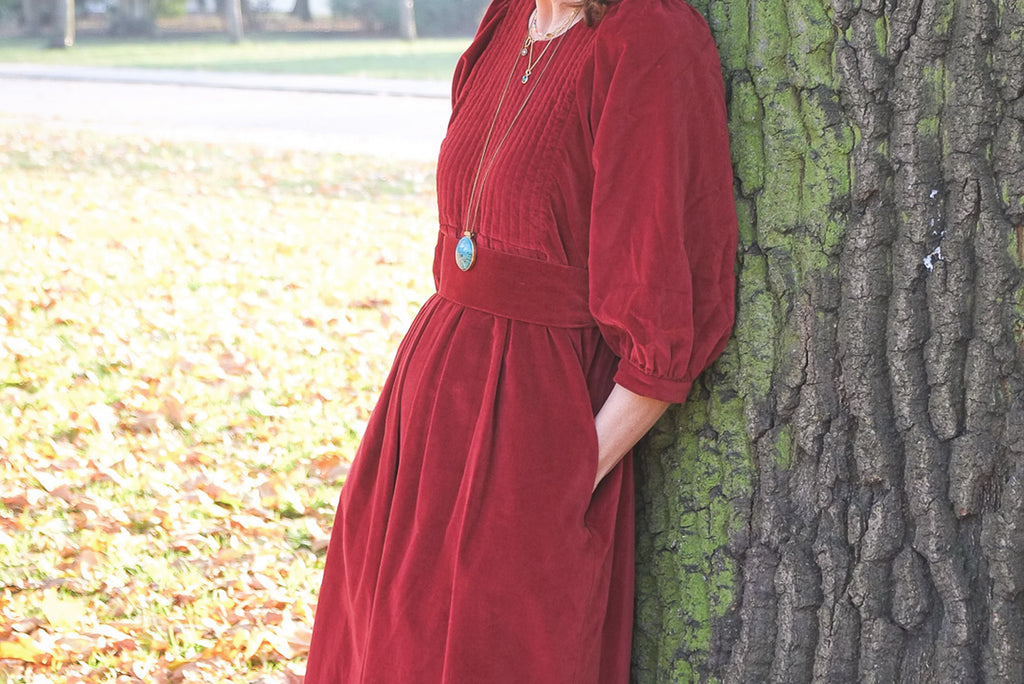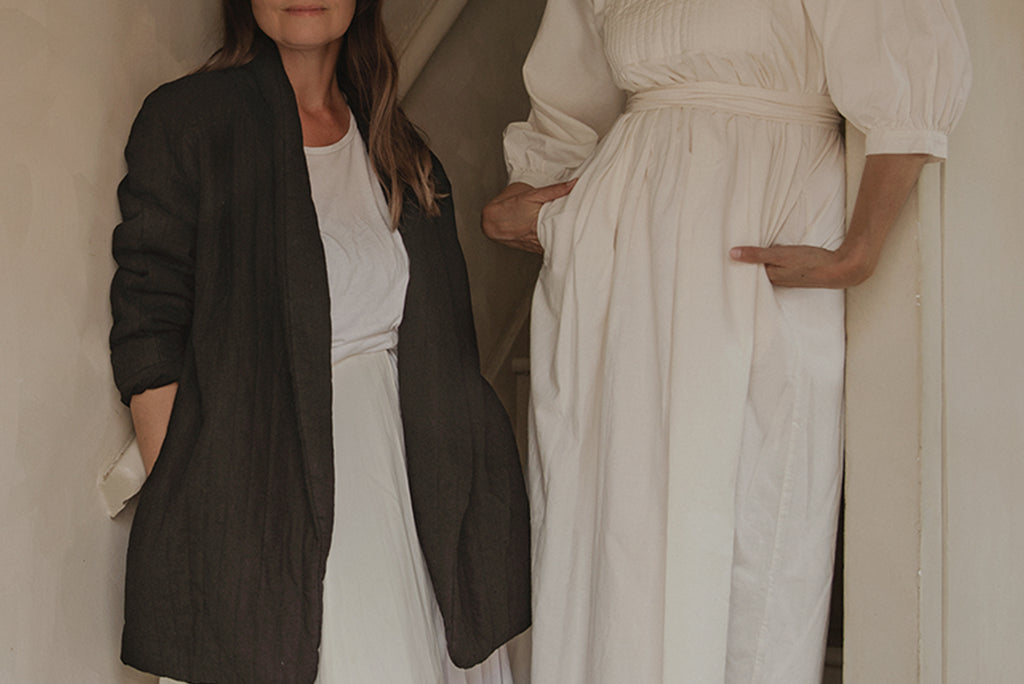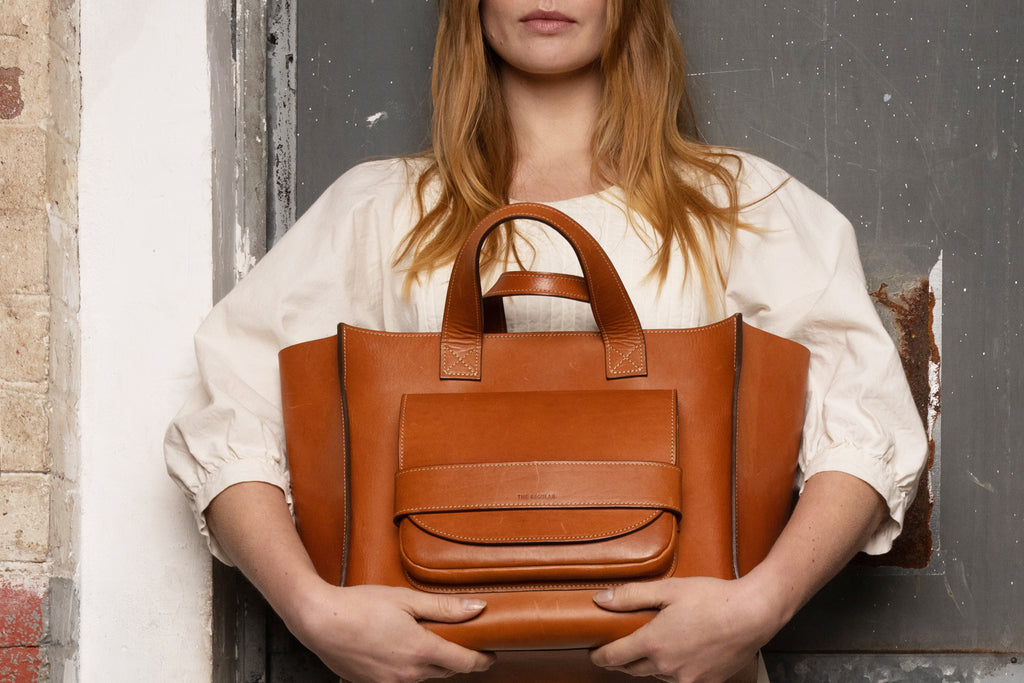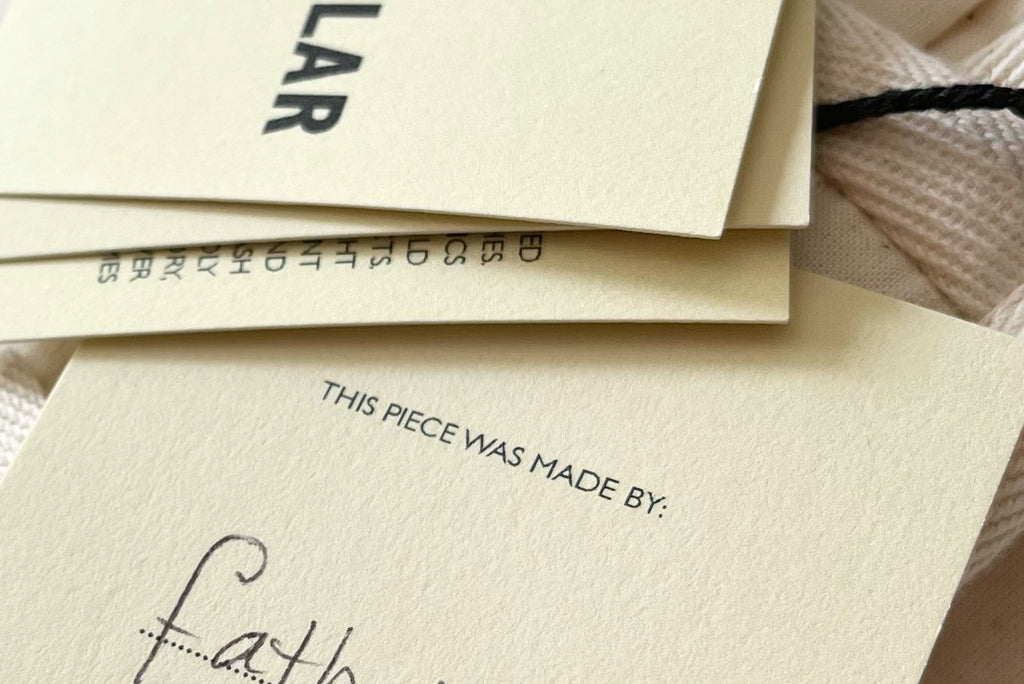Journal

Michelle Mason, Founder of Cult Vintage Homewares Store "Mason and Painter"
Michelle Mason, founder of Mason and Painter, looking stunning in her velvet Quilt Dress. With a shared passion for timeless style and all things vintage we were keen to hear her story...

Meet Lemholt x Luxwho
The Inspiring Collaboration Between Photographer Hannah Lemholt and Creative Director Carissa Wyten, of Luxwho

The Vegan Leather Debate
As the debate around vegan leather grows we explain why we choose to use natural alternatives..

Quilt Pockets & Stitches in Time
We're delighted to be collaborating with this amazing social enterprise once again with our launch of quilted pockets and pouches...

Ceramicist Ana Bridgewater
From a shared love of craft we discuss the importance of colour and form in using natural materials...

